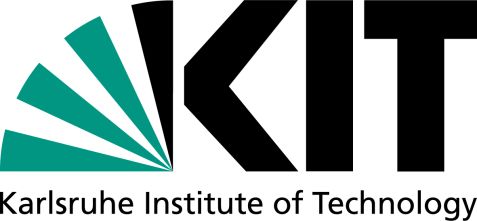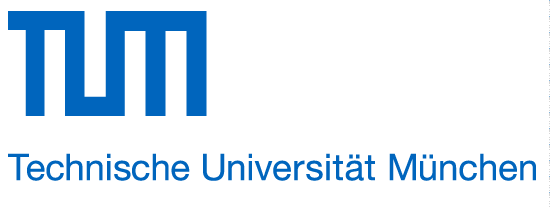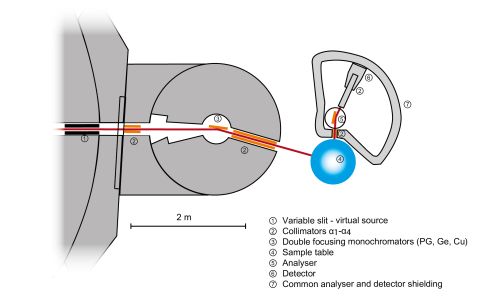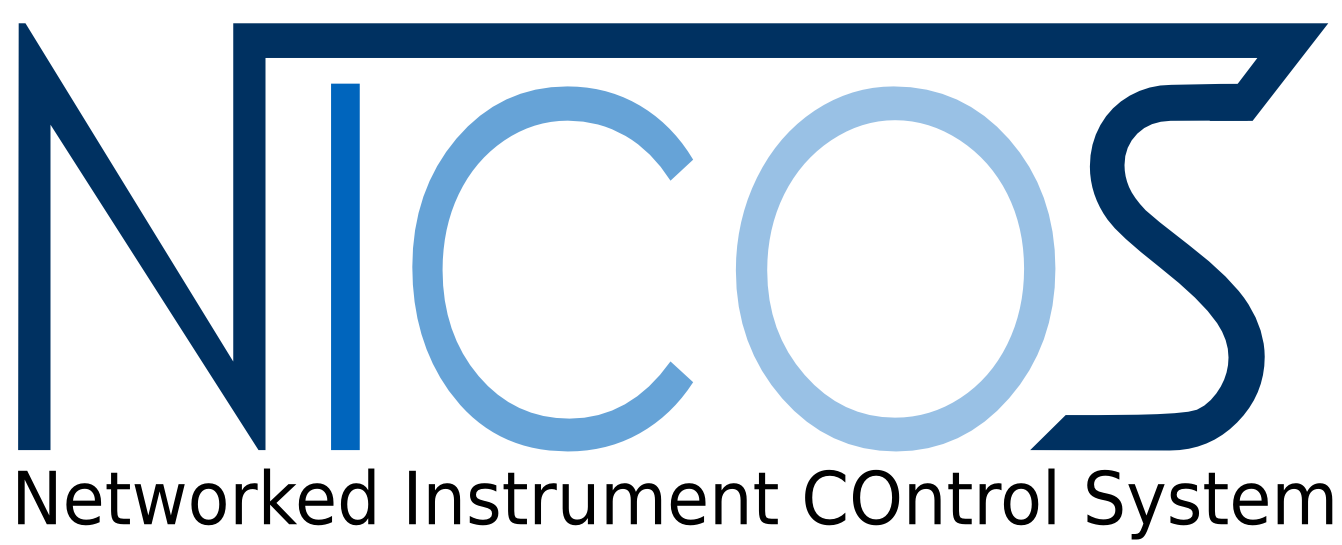MLZ is a cooperation between:
 > Technische Universität München
> Technische Universität München > Helmholtz-Zentrum Hereon
> Helmholtz-Zentrum Hereon
 > Forschungszentrum Jülich
> Forschungszentrum Jülich
MLZ is a member of:
 > LENS
> LENS > ERF-AISBL
> ERF-AISBL
MLZ on social media:

MLZ (eng)
Lichtenbergstr.1
85748 Garching
PUMA
Thermal three axes spectrometer
Three axes spectrometers allow the direct measurement of the scattering function S(Q, ω) in single crystals at well-defined points of the reciprocal lattice vector Q and frequency ω and thus represent the most general instrument type.
PUMA is characterised by a very high neutron flux as a result of the efficient use of focussing techniques. Three different vertical openings and a horizontal slit with a maximum opening of 40 mm define the virtual source, which is two metres before the monochromator. To reduce the primary beam’s contamination by epithermal neutrons, a sapphire filter can be placed in front of the monochromator. PUMA has a remote controlled monochromator changing unit, which allows placing of one out of four different monochromators PG(002), Cu(220), Cu(111), Ge(311) inside the drum. High-precision mechanical couplings for mounting the individual monochromators on the monochromator table ensure optimum adjustment after the monochromator change without additional readjustment. All monochromators are equipped with double focussing devices that allow optimum focussing conditions over a wide range of incident wavevectors ki.
On the secondary spectrometer, PG(002) and Ge(311) analysers are also available with a focussing option. The horizontal divergence of the beam can be defined using a series of four Soller collimators. The two inside the drum, before and after the monochromator, can be changed remotely, whereas the two in the analyser housing can be changed manually. The orientation of the sample can be checked using a tilt and translation goniometer (+/- 20°, +/- 12 mm). This has a load capacity of up to one ton and allows the use of heavy sample environments. Alternatively, an Euler cradle with higher tilt angles can be provided (+/- 90°).
An innovative option of the spectrometer is the multianalyser/ detector system. It allows a unique and flexible type of multiplexing. Using this option, a scattering angle range of 16° can be measured simultaneously, and flexible Q-ω paths can be realised without repositioning the instrument. Mapping of excitations is equally well possible as kinetic single-shot experiments on time scales that have not been accessible so far.
A unique feature of the instrument is the possibility to perform stroboscopic, time resolved measurements of both elastic and inelastic signals on time scales down to the microsecond regime. Using this technique, the sample is periodically perturbed by an external variable such as temperature, electric field, etc. The signal is then recorded not only as a function of momentum and energy transfer but also given a time stamp relative to the periodic perturbation.
- Electron-phonon interaction
- Phonon anharmocities
- Soft mode phase transitions
- Spin waves in (anti)ferromagnets
- Electron-magnon interaction
- Unconventional superconductors
- Crystal fields
- Temperature cycling (excitations during demixing processes)
- Electrical field cycling (polarisation processes in ferroelectrics)
- Temperature/ pressure cycling
- Superstructures/ satellites
- Diffuse scattering
- Closed-cycle cryostates: 3.5 – 300 K;
- -650 K with an adaptable heating device
- Cryofurnace: 5 K – 750 K
- Paris-Edinburgh type pressure cell: p < 10 GPa
- Furnace for fast temperature jumps: ~ 5 K/s cooling rate; < 620 K; ambient atmosphere
- Switchable HV power supply: < 500 Hz; ±10 KV
- Beam tube SR-7
- Beam tube entrance: 140 × 90 mm2
- Virtual source dimensions:
- Horizontal: 0 – 40 mm2
- Vertical: 90 mm, 110 mm, 130 mm
- Beam tube entrance – monochromator: 5.5 m
- Virtual source – monochromator: 2.0 m
- Monochromator – sample: 2.0 (±0.1) m
- Sample – analyser: 1.0 (±0.1) m
- Analyser – detector: 0.9 m
- Remote controlled:
- α1: 20’, 40’, 60’
- α2: 14’, 20’, 24’, 30’, 45’, 60’
- Manually changeable:
- α3: 10’, 20’, 30’, 45’, 60’
- α4: 10’, 30’, 45’, 60’
- Crystals: PG(002), Cu(220), Cu(111), Ge(311); size: 260 × 162 mm2
- Focus vertically and horizontally adaptable to incident energy
- Crystals: PG(002), Ge(311); size: 210 × 150 mm²
- Vertical fixed focus
- Horizontally adaptable to incident energy
- Diameter: 800 mm
- Max. load: 900 kg
- Amagnetic goniometer: ±15°
- Z translation: ±20 mm
- Optional Eulerian cradle
- Monochromator take-off angle: -15° < 2Θ < -115°
- Scattering angle sample: -70° < 2Θ < 120° (dependent on monochromator take-off angle)
- Analyser scattering angle: -120° < 2Θ < 120°
- Incident energy range: 5 – 160 meV
- Momentum transfer range: < 12 Å-1
- Energy transfer: < 100 meV
Instrument scientists
Dr. Jitae T. Park
Phone: +49 (0)89 289-13983
E-mail: jitae.park@frm2.tum.de
Dr. Alsu Gazizulina
Phone: +49 (0)89 289-54872
E-mail: alsu.gazizulina@kit.edu
PUMA
Phone: +49 (0)89 289-14914
Dr. Frank Weber
Institute for Quantum Materials and Technologies (IQMT)
Karlsruhe Institute for Technology (KIT)
Phone: +49 (0)721 608 23981
E-mail: frank.weber@kit.edu
Operated by

Funding

Publications
Find the latest publications regarding PUMA in our publication database iMPULSE:
Citation templates for users
In all publications based on experiments on this instrument, you must provide some acknowledgements. To make your work easier, we have prepared all the necessary templates for you on this page.
Instrument control
Gallery

MLZ is a cooperation between:
 > Technische Universität München
> Technische Universität München > Helmholtz-Zentrum Hereon
> Helmholtz-Zentrum Hereon
 > Forschungszentrum Jülich
> Forschungszentrum Jülich
MLZ is a member of:
 > LENS
> LENS > ERF-AISBL
> ERF-AISBL
MLZ on social media:





